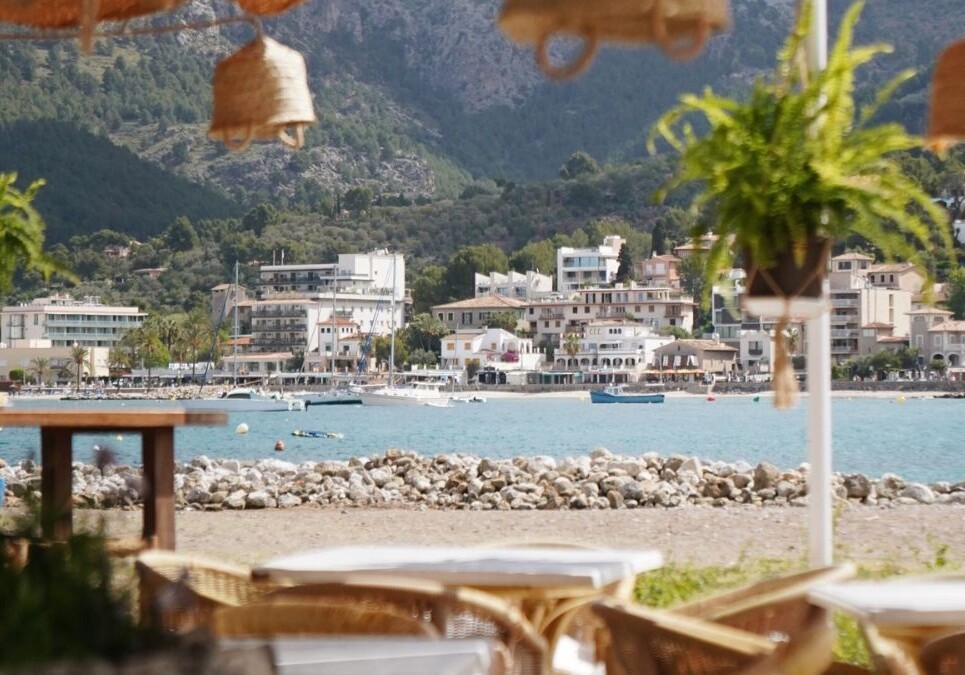
Saint Lucia carries a long tradition in Scandinavia, but actually she was an Italian saint from the IV century. Saint Lucia´s day, on December 13th, is typically celebrated in different regions in Italy, as well as in Catalonia and in Scandinavia, where the day has become an important event to lighten up the dark December, and bring faith, hope and a reason to believe in good things to come. Many are the legends that accompany St Lucia martyr, defined as a carrier of light. One story tells that Saint Lucia was carrying food and aid to the Christians who were hiding in the catacombs in Rome during the IV century. To have her hands as free as possible, she lightened up her way with a crown of candles on her head. Another legend tells that Lucia was a Christian from Siracusa who was killed for her faith. Her violent death and martyrdom is symbolized by the red ribbon worn together with the white dress in the processions on St Lucia’s day. St Lucia has become a Christian festival of light, and coinciding with the Advent season, also viewed as an event signalling the arrive of Christmas and the light of Christ.
In Scandinavia light is very much needed under the darker winter months. There are many theories on how the legend of Lucia came to Sweden. It could have been brought by priests, German traders, or even by the Vikings from their adventures in southern Europe. The Italian legend has in Sweden been fused with different pagan traditions, which include the typical procession with white-dressed “Lucias”, and the male counterpart, songs, typical sweets and a lot of candles filling the air with joy and light. Churches and schools are filled with music and Christmas carols. This tradition has now also reached Mallorca, where you can enjoy the typical Lucia concert on December 13th in the beautiful cathedral of Palma. The Swedish School is organizing this concert, and it has already become a popular tradition among Swedish, International and local residents.









